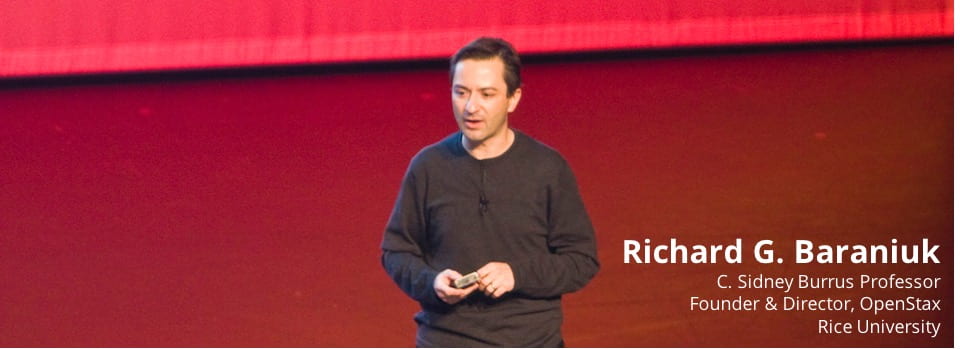A. C. Sankaranarayanan, C. Hegde, S. Nagaraj, and R. G. Baraniuk, "Go with the flow: Optical flow-based transport operators for image manifolds," Allerton Conference on Communication, Control and Computing, Allerton, IL, USA, September, 2011.
S. Nagaraj, A. C. Sankaranarayanan, and R. G. Baraniuk, "A Theory for Optical Flow-based Transport on Image Manifolds," preprint, November, 2011.
Abstract: Image articulation manifolds (IAMs) play a central conceptual role in a host of computer vision and image understanding problems. The core premise is that we can view a collection of images, each of which is indexed by a small number of degrees of freedom (3D camera pose, motion/deformation, etc.), as a low-dimensional nonlinear manifold. In order to perform parameter estimation and navigation on an IAM, we require a transport operator that traverses the manifold from image to image. The two current approaches to manifold transport suffer from major shortcomings that have limited the practical impact of manifold methods. First, algebraic methods require that the IAM possess an unrealistic algebraic structure. Second, locally linear methods based on a tangent plane approximation cannot cope with the non-differentiability of IAMs containing images with sharp edges. In this paper, we demonstrate that the optical flow between pairs of images on an IAM is a valid transport operator with a number of attractive properties. In particular, we establish that the optical flow forms a low-dimensional smooth manifold. Several experiments involving novel-view synthesis, geometric clustering, and manifold charting validate that the optical flow manifold approach both offers performance significantly superior to current approaches and is practical for real-world applications.
An example from the paper illustrating the efficacy of OFM based image synthesis. We compare classical locally linear modeling of an IAM versus optical flow-based transport for synthesizing new images on an IAM. We aim to synthesize images  on the IAM that lie "between" two given input images. The non-differentiability of IAMs cannot be accurately captured by locally linear tangent spaces and transport; hence the corresponding synthesized images exhibit severe blurring and cross-fading artifacts. In contrast, optical flow-based transport results in sharp, realistic images. (Click on the image to zoom in.)
on the IAM that lie "between" two given input images. The non-differentiability of IAMs cannot be accurately captured by locally linear tangent spaces and transport; hence the corresponding synthesized images exhibit severe blurring and cross-fading artifacts. In contrast, optical flow-based transport results in sharp, realistic images. (Click on the image to zoom in.)
Another example from the paper illustrating the efficacy of OFM based manifold learning. We generated an IAM by cropping 200x200 pixel patches at rando m from a larger image, thereby generating a 2D translation manifold. (a) Sample images from the IAM showing several images at various translations. (b) Sampling of the
m from a larger image, thereby generating a 2D translation manifold. (a) Sample images from the IAM showing several images at various translations. (b) Sampling of the
parameter space. 2D embeddings obtained on (c) the IAM vs. (d) the OFM. Note the near perfect isometry to the parameter space in (d).
